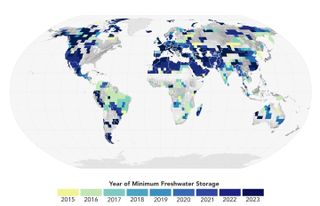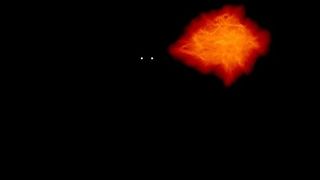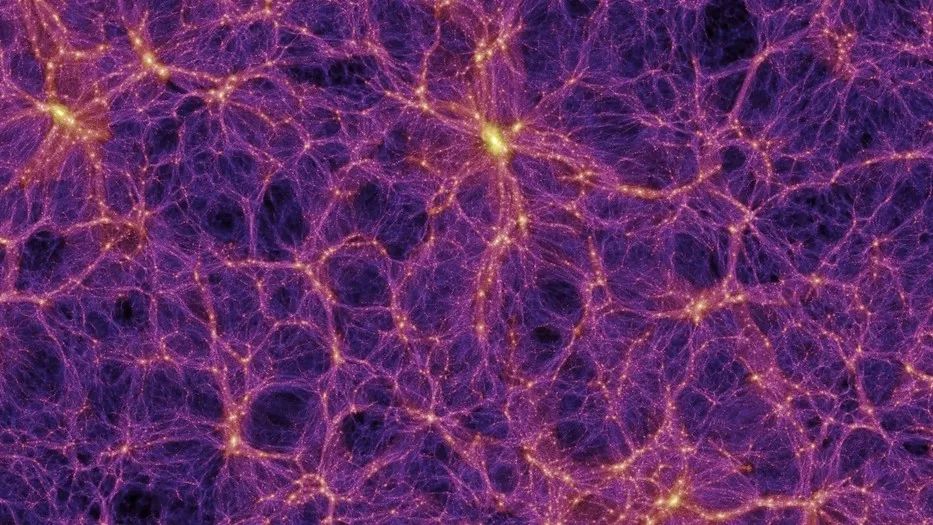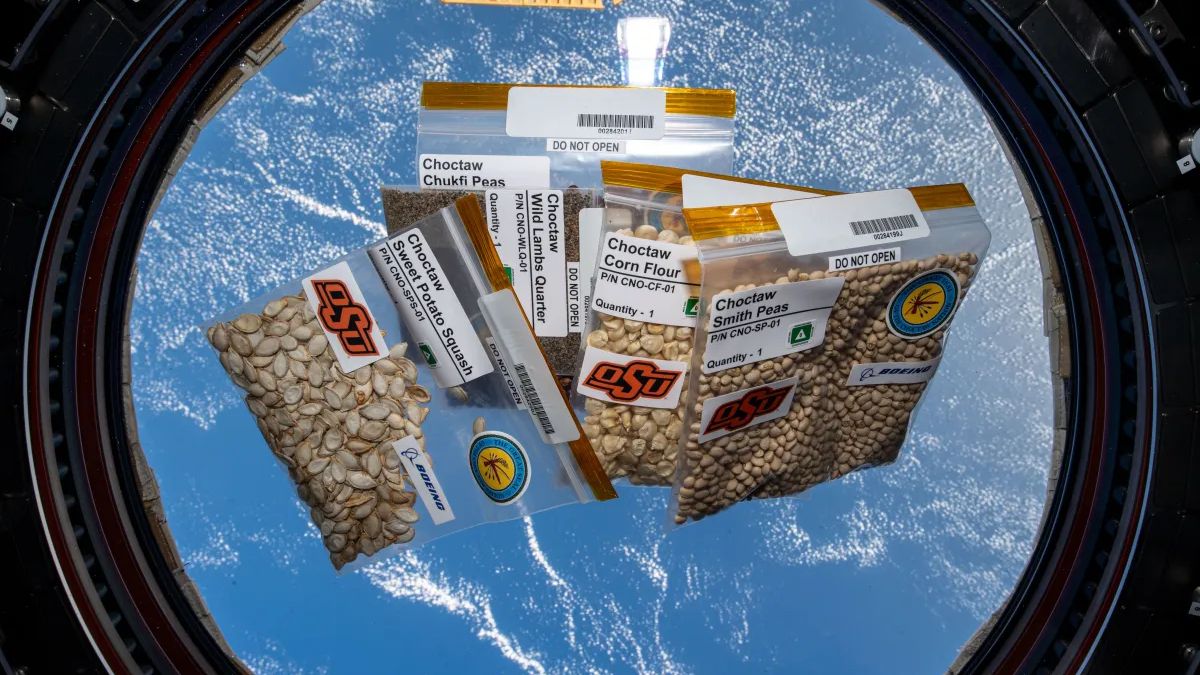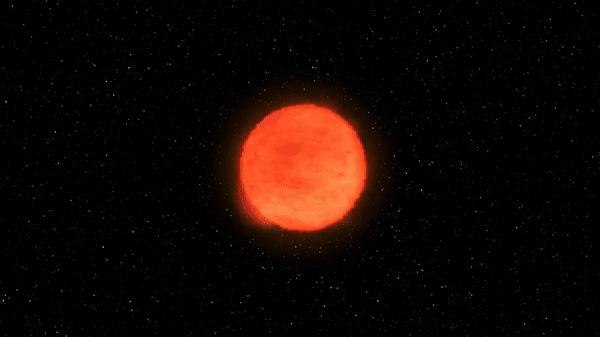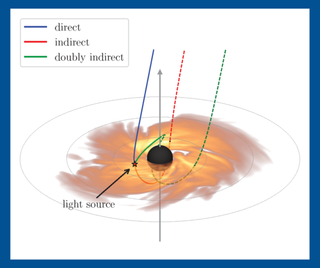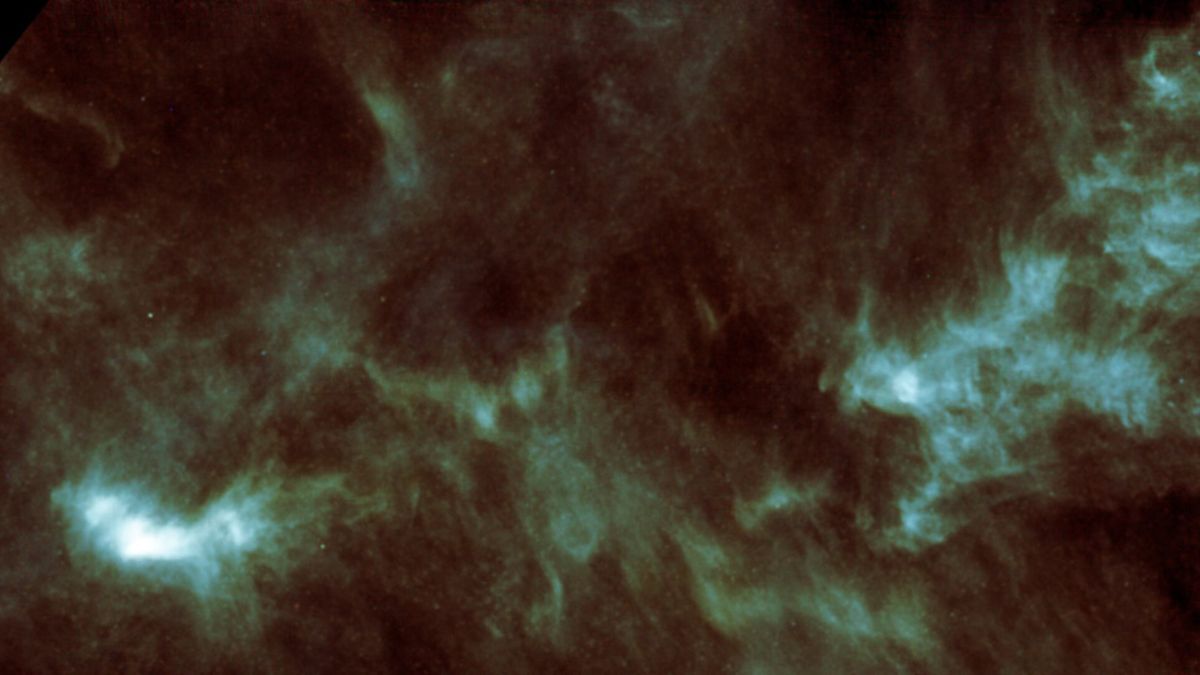The amount of freshwater found on our planet has dropped significantly in the last decade, NASA satellites have found. An international team of scientists reviewed observations taken by the Gravity Recovery and Climate Experiment (GRACE) satellites operated by NASA, the German Aerospace Center and the German Research Center for Geosciences. The data collected by GRACE revealed that beginning in May 2014, there was a plunge in Earth’s freshwater supply, and the planet has still not recovered. The researchers suggest that this evidence could also mean Earth is undergoing a drier…
Read MoreTag: The Universe
Unusual black hole light bursts puzzle astronomers: ‘We are finding a lot of weird stuff’
Astronomers have stumbled upon a pair of massive black holes in a distant galaxy that are triggering unusual bursts of light. These bright emissions, which appear to peak on a regular cycle, may be caused by the black hole duo disrupting a massive gas cloud — a phenomenon researchers say is the first of its kind to be detected. The cosmic behemoths reside at the center of a galaxy named 2MASX J21240027+3409114, located roughly 1 billion light-years away in the northern constellation Cygnus. These black holes complete an orbit once…
Read MoreStar imaged in detail outside the Milky Way for the 1st time (image, video)
Astronomers have captured a “zoomed-in” image of a star outside the Milky Way for the first time. The team brought the vast red supergiant star designated WOH G64 into focus using the Very Large Telescope Interferometer (VLTI). WOH G64 is located a staggering 160,000 light-years away in the Large Magellanic Cloud (LMC), a satellite dwarf galaxy companion of the Milky Way. Astronomers have known of the existence of this star for some time, and it has earned the nickname the “behemoth star” because it is an incredible 2,000 times the…
Read More‘Superhighways’ connecting the cosmic web could unlock secrets about dark matter
Giant filaments crisscross the universe, connecting galaxy clusters like superhighways between cities. Their shape and structure encode vital information about the contents and history of the universe. But due to their complex shapes, they are stubbornly difficult to measure. Now, researchers have presented a new method for measuring these filaments’ mass, which could be used to unlock secrets about dark matter and dark energy. At the very largest scales, our universe resembles a spider web. Known appropriately as the cosmic web, it is the largest pattern found in nature. Within…
Read MoreNASA’s Parker Solar Probe is solving long-standing mysteries about the sun. Here’s what we’ve learned so far.
On Nov. 6, NASA’s Parker Solar Probe passed within 234 miles (376 kilometers) of Venus’ surface. The purpose of this close flyby was to accomplish a gravity-assist maneuver, in which the probe would steal some of Venus‘ momentum to change the spacecraft’s orbit and bring itself even closer to the sun. The Parker Solar Probe had already made several close passes of the sun, but the recent flyby was its closest, coming within about 3.8 million miles (6 million km) of the solar surface. That’s less than nine times the…
Read MoreSpace-flown Choctaw Nation seeds to be planted on Earth for STEM experiment
Seeds flown to space last year will be planted on Earth this spring as part of a cultural and STEM (science, technology, engineering and math) study. Five varieties of heirloom seeds from the Choctaw Nation of Oklahoma — including Isito (Choctaw Sweet Potato Squash), Tobi (Smith Peas), Tanchi Tohbi (Flour Corn), Tvnishi (Lambsquarter), and Chukfi Peas — were flown to the International Space Station (ISS) in November 2023. The seeds, which together weighed just over a pound (500 grams), were exposed to microgravity and space radiation for more than five…
Read MoreSix Ways Supercomputing Advances Our Understanding of the Universe
At NASA, high-end computing is essential for many agency missions. This technology helps us advance our understanding of the universe – from our planet to the farthest reaches of the cosmos. Supercomputers enable projects across diverse research, such as making discoveries about the Sun’s activity that affects technologies in space and life on Earth, building artificial intelligence-based models for innovative weather and climate science, and helping redesign the launch pad that will send astronauts to space with Artemis II. These projects are just a sample of the many on display in…
Read MoreCould a supernova ever destroy Earth?
When the bright star Betelgeuse explodes, it will be an impressive sight. The stellar explosion, known as a supernova, will be brighter than any planet and almost as bright as the full moon. It will be visible during the day, and you could read a book to its light at midnight. It will last a few months before fading away, as all supernovas do. But it won’t be dangerous. For that, it would have to be much, much closer; Betelgeuse is roughly 650 light-years away. So are there any stars…
Read MoreA black hole’s secrets could hide in its dizzying light ‘echoes’
To measure the masses and spins of black holes, scientists want to follow clues left behind by light that takes a round-a-bout journey, bends around these voids, and ultimately shines toward us. The crew, from Princeton University and Los Alamos National Laboratory, has performed complex computer simulations to show how two telescopes — one on Earth, the other in space — can work together to make the idea a reality. In other words, these devices could help us detect light that has basically been on a trip around a black…
Read MoreScientists found ‘nitriles’ in an interstellar cloud — here’s why that could be huge
In the Taurus molecular cloud, one of the closest stellar nurseries to Earth, scientists found two nitrile-containing molecules — and this is incredibly interesting because these very molecules could reveal information about the origins of life as we know it in the universe. The Taurus molecular cloud (TMC-1) is an interstellar cloud in the constellations Taurus and Auriga, and the newly discovered molecules within are known as malononitrile and maleonitrile. The molecules were detected using data from the ongoing QUIJOTE line survey of TMC-1 that is being carried out with…
Read More